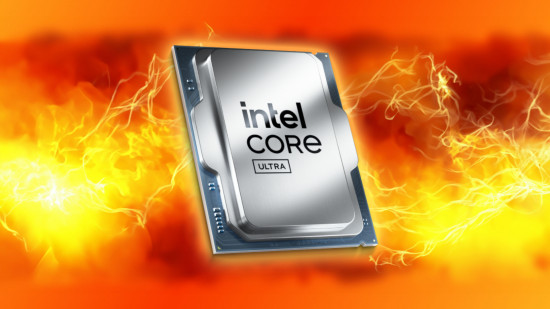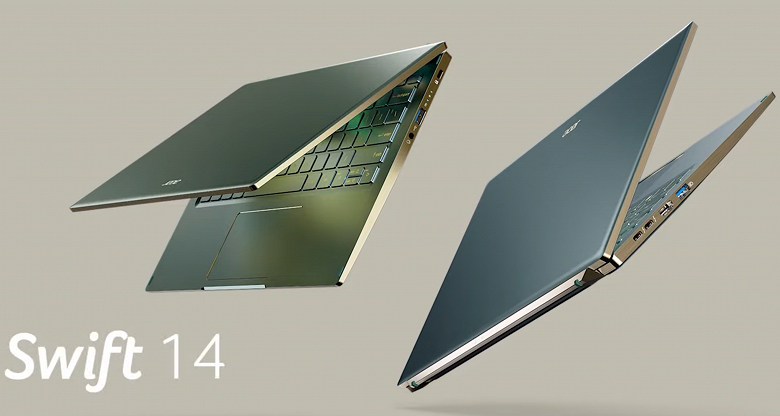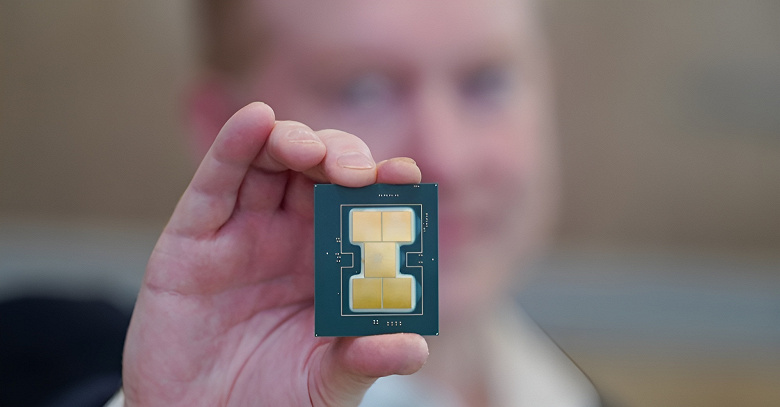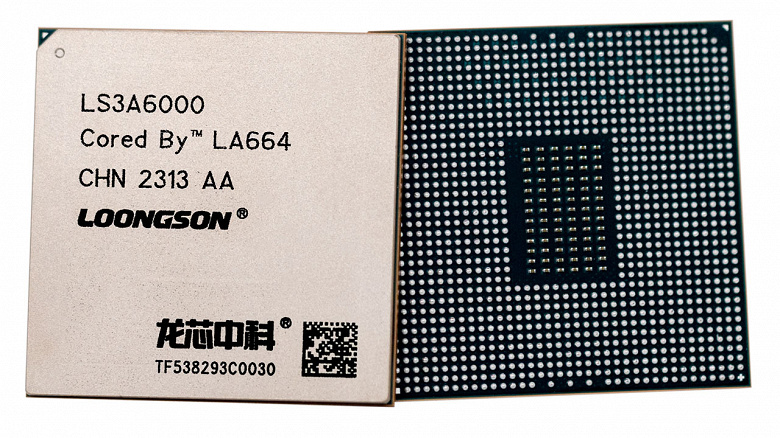CPU Tiger Lake will clearly please with frequencies
Ice Lake doesn’t even come close to such values
In the middle of the year, Intel should release Tiger Lake mobile processors, which should become what Ice Lake could become, but they did not.

Recall that Tiger Lake will retain the 10-nanometer process technology, but will be based on new architectures for both the CPU and GPU. Judging by all the leaks, the maximum number of cores will remain equal to four, that is, the high-performance Tiger Lake-H, apparently, will not. But then all leaks also indicate significantly increased frequencies.
Currently available CPU Ice Lake in the 15-watt version I work at the frequencies of 1.3-3.9 GHz, and in the 28-watt – at the frequencies of 2.3-4.1 GHz. And this is the maximum – most models are characterized by significantly lower frequencies.
Numerous Tiger Lake leaks indicate base frequencies around 2.5-2.7 GHz and maximum frequencies around 4.5-4.7 GHz. But this may not be the limit. An insider shared a screenshot of the 3DMark database, which contains data on a certain quad-core CPU Tiger Lake with frequencies of 2.3-5.0 GHz! More precisely, with proper rounding, even 5.1 GHz is obtained. Yes, for 14-nanometer Intel mobile CPUs even such frequencies are already the norm, but for 10-nanometer ones, this is a breakthrough. True, the source himself clarifies that it is worth treating this leak with a share of skepticism.
In general, the insider rogame constantly provides a lot of information, which is then confirmed. In particular, back in February, he provided data on the Core i7-1068NG7 processor, which will be used in the new MacBook Pro 13.










